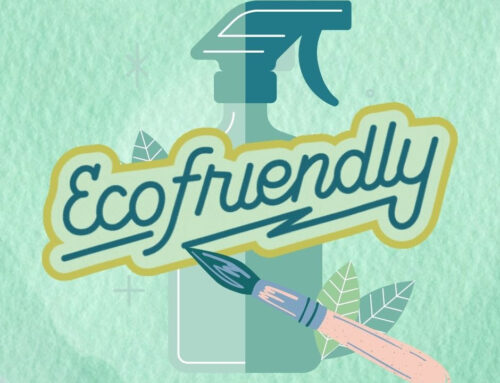Keeping your Floors Sparkling Green
Consider maintenance when choosing sustainable flooring
 Looking for stylish flooring options for your building or renovation project? When considering possible materials, you may consider factors like renewability, recyclability and environmental impacts. But does the maintenance required also follow green standards? Due to flooring’s large surface area and exposure to high traffic, choosing materials with green and easy upkeep can make all the difference. To select the right material for your property, check out our green cleaning guide on popular sustainable flooring.
Looking for stylish flooring options for your building or renovation project? When considering possible materials, you may consider factors like renewability, recyclability and environmental impacts. But does the maintenance required also follow green standards? Due to flooring’s large surface area and exposure to high traffic, choosing materials with green and easy upkeep can make all the difference. To select the right material for your property, check out our green cleaning guide on popular sustainable flooring.
Tile
 Sustainability: Whether stone, ceramic or glass, tile is highly durable, and can often be reused or recycled and newer options include tile that look like wooden planks. Some tiles even incorporate recycled materials, such as used bottles. When made from natural materials, tile also enjoys low VOC (volatile organic compounds) emissions.
Sustainability: Whether stone, ceramic or glass, tile is highly durable, and can often be reused or recycled and newer options include tile that look like wooden planks. Some tiles even incorporate recycled materials, such as used bottles. When made from natural materials, tile also enjoys low VOC (volatile organic compounds) emissions.
Maintenance: Light-colored grout poses the greatest cleaning challenge when it comes to tile and rectified tile provides for an easier clean. Cleaners that lighten grout may contain harsh chemicals (defeating the purpose of low VOC). Solutions with hydrogen peroxide provide an effective clean without the chemical residue, when used with microfiber mopping systems, or low speed floor machines to mechanically lift the grime. Consider applying sealers for a longer lasting, more sustainable clean.
Carpet
 Sustainability: When made from either natural fiber (such as wool or cotton), or recycled materials (such as rayon or nylon), carpet can make a great green option, particularly when boosted with hypoallergenic treatments. Opt for carpet tiles rather than traditional rolls, which make replacing damage sections easier and more efficient.
Sustainability: When made from either natural fiber (such as wool or cotton), or recycled materials (such as rayon or nylon), carpet can make a great green option, particularly when boosted with hypoallergenic treatments. Opt for carpet tiles rather than traditional rolls, which make replacing damage sections easier and more efficient.
Maintenance: Low VOC emitting hydrogen peroxide cleaners are also handy for carpets. Carpet encapsulation and carpet extraction, which use minimal chemicals, clean well and conserve water.
Concrete
 Sustainability: Thanks to its durability and flexibility, exposed concrete has arguably become a poster child for sustainable flooring. Concrete can be stamped, stenciled or colored to appear like other, less sustainable materials. Its naturally insulating properties also make concrete energy efficient by helping to sustain interior temperatures.
Sustainability: Thanks to its durability and flexibility, exposed concrete has arguably become a poster child for sustainable flooring. Concrete can be stamped, stenciled or colored to appear like other, less sustainable materials. Its naturally insulating properties also make concrete energy efficient by helping to sustain interior temperatures.
Maintenance: Concrete’s moniker as “maintenance-free” flooring isn’t quite true. To preserve the polish, PH-neutral cleaners are necessary, as solutions that are too acidic or alkaline may deteriorate the surface. Diamond-infused floor pads – made from hair fibers, diamond powders, and epoxy binders – are also ideal for long-lasting shine.




